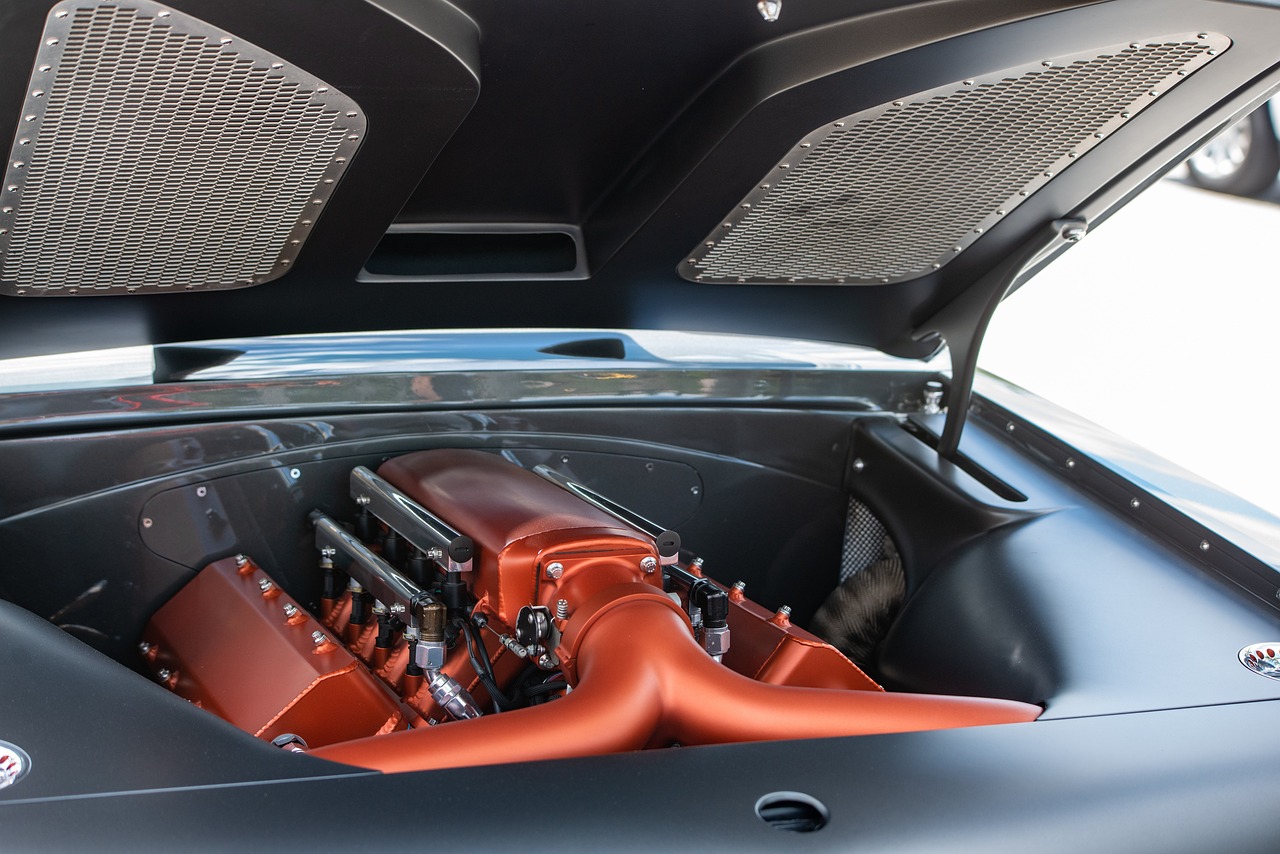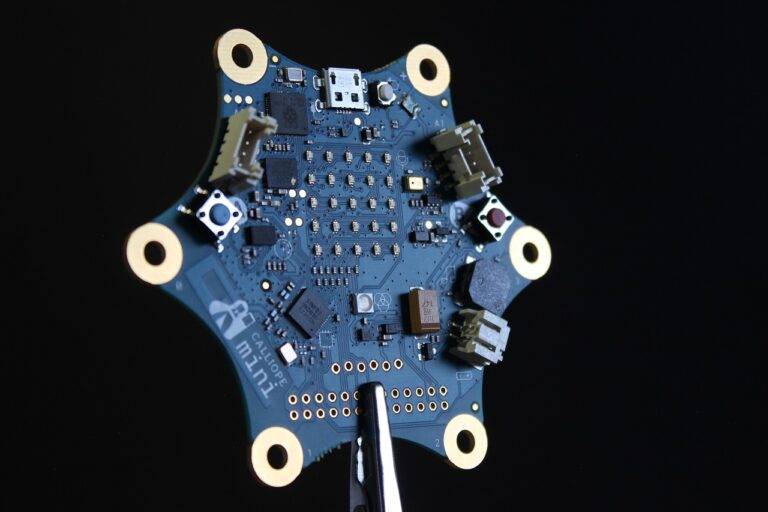Grid Modernization: Adapting to Distributed Energy Resources
The integration of renewable energy sources into the existing grid infrastructure poses several key challenges. One significant obstacle is the intermittent nature of renewable sources such as solar and wind power. Unlike traditional fossil fuel plants, these sources are dependent on weather conditions and fluctuate in output, making it difficult to match supply with demand consistently. This variability can lead to issues such as grid instability and the need for backup power sources to maintain reliability.
Additionally, the geographical distribution of renewable energy sources can create challenges for grid operators. Renewable energy projects are often located in remote areas where grid infrastructure may be lacking or insufficient to support the transfer of energy to urban centers. This can result in transmission bottlenecks and increased costs associated with upgrading the grid to accommodate the influx of renewable energy. Finding ways to efficiently integrate these sources into the grid without compromising reliability is a pressing concern for energy stakeholders worldwide.
• The intermittent nature of renewable sources such as solar and wind power
• Matching supply with demand consistently
• Grid instability and the need for backup power sources
• Geographical distribution of renewable energy sources
• Remote locations causing transmission bottlenecks
• Increased costs associated with upgrading grid infrastructure
Efficiently integrating renewable energy sources into the grid without compromising reliability is a pressing concern for energy stakeholders worldwide. Finding solutions to these challenges will be crucial in transitioning towards a more sustainable and environmentally friendly energy system.
Impact of distributed energy resources on grid stability
Distributed energy resources (DERs) such as solar panels and wind turbines have seen a significant increase in adoption in recent years. While these renewable sources offer numerous environmental benefits, their integration into the grid poses challenges for maintaining stability. The intermittent nature of solar and wind power generation can lead to fluctuations in grid voltage and frequency, which can impact the overall stability of the system.
One key concern with the rise of DERs is the potential for grid congestion and overloading. As more individual consumers generate their own electricity from renewable sources, the bidirectional flow of power on the grid can strain traditional infrastructure designed for one-way energy distribution. This can result in reverse power flows, voltage violations, and other issues that threaten the stability and reliability of the grid.
Technologies and strategies for managing a decentralized grid
As the energy landscape evolves to incorporate more distributed energy resources (DERs) into the grid, technologies and strategies for managing a decentralized grid are becoming increasingly crucial. One key technology that is gaining traction is advanced metering infrastructure (AMI), which enables real-time monitoring and communication between utilities and consumers. By providing detailed data on energy usage, AMI facilitates better load forecasting and grid management.
In addition to AMI, the integration of smart inverters is another vital component for managing a decentralized grid. Smart inverters play a significant role in renewable energy integration by ensuring grid stability and efficient energy flow. These devices can dynamically adjust the output of renewable energy sources to match grid demand, thus helping to alleviate grid congestion and voltage fluctuations.
What are some challenges of integrating renewable energy sources into the grid?
Some challenges include the variability of renewable energy sources like solar and wind, the need for grid upgrades to accommodate distributed generation, and the potential for grid instability.
How do distributed energy resources impact grid stability?
Distributed energy resources can impact grid stability by introducing fluctuations in power supply, creating voltage and frequency variations, and challenging traditional grid management practices.
What are some technologies for managing a decentralized grid?
Technologies for managing a decentralized grid include advanced metering infrastructure, microgrids, energy storage systems, smart inverters, and demand response systems. These technologies help optimize energy flows and improve grid reliability.
How can strategies help in managing a decentralized grid?
Strategies for managing a decentralized grid include implementing real-time monitoring and control systems, promoting energy efficiency and conservation practices, fostering grid flexibility, and engaging in demand-side management initiatives. These strategies help ensure the efficient integration of renewable energy sources and maintain grid stability.





